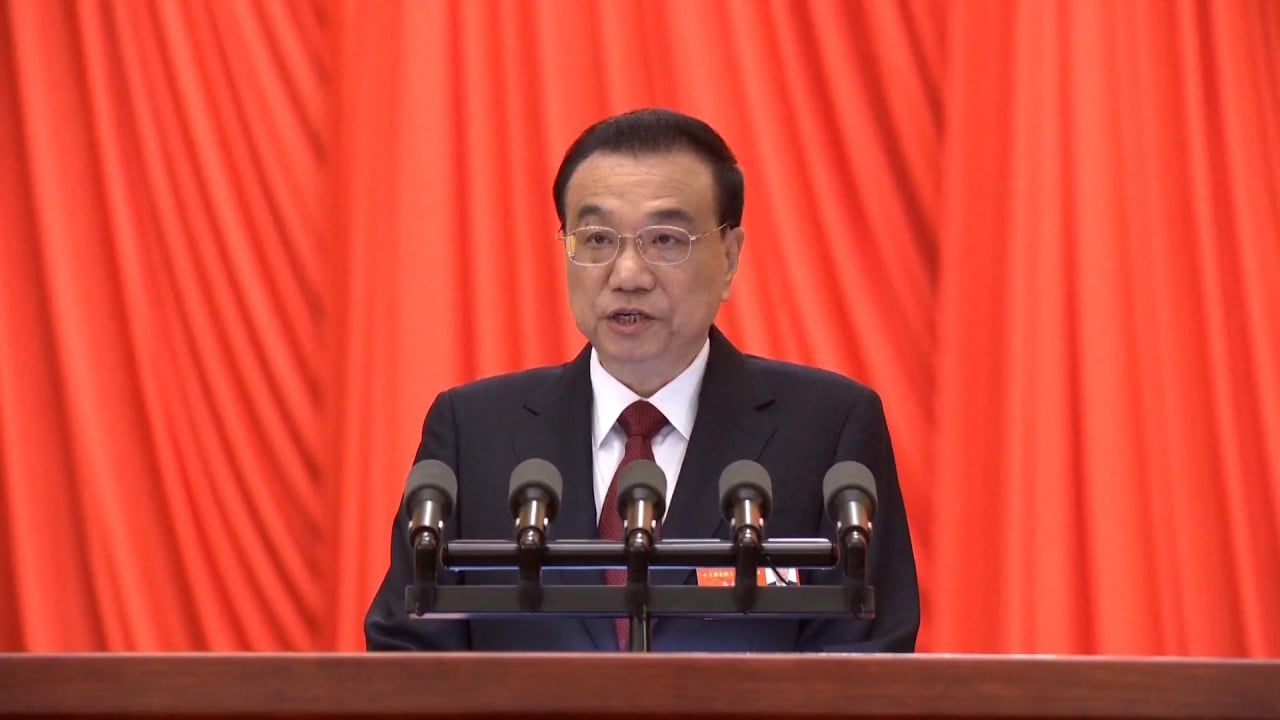
China vows to ‘strengthen forex market monitoring’ as capital-outflow risks mount from US Fed moves
- Beijing is looking to shore up market confidence to counter the looming threat of economic turbulence after US Federal Reserve says more interest rate hikes will come
- A cooling of economic activities and consumption in the US – the third-largest destination of Chinese merchandise – would also affect Chinese exports
“We’ll strengthen forex-market monitoring to safeguard its stable operations, and will enhance macroprudential management,” the State Administration of Foreign Exchange said on Wednesday, following an order by the Financial Stability and Development Committee (FSDC) to address market concerns.
“We’ll guide market entities to use exchange-rate hedging tools on a larger scale and actively tackle the risk of external shocks.”
Following US, Hong Kong raises base rate by 25 basis points in first move since 2018
The People’s Bank of China’s lack of adjustment this week in the interest rate on one-year medium-term lending facility (MLF) loans, as some had expected, means that China’s loan prime rate – set as a spread above the MLF rate – could also remain on hold when it is announced on Monday.
And the committee pledged that “market-oriented and law-based” principles would be adhered to in the regulation of the platform economy, to boost its healthy development and international competitiveness.
The US Fed indicated that there will be six more interest hikes for the rest of this year, and the median estimate of year-end rate would put it around 1.9 per cent.
Raising the interest rate is a measure to combat inflation, as it induces people to save more money and serves as a deterrent to consumption spending that drives up inflation.
Fed Chair Jerome Powell also mentioned that plans to reduce the central bank’s nearly US$9 trillion balance sheet could be finalised by May.
The tightening approach, which will be followed by major Western economies, is one of key concerns haunting China.
Major indicators that measure the external environment have also shown signs of deterioration. For example, overseas holdings of Chinese bonds fell by 80 billion yuan (US$12.6 billion) last month after increasing their positions for more than 30 consecutive months.
China not rolling the dice on money outflows as Beijing extends battle lines
Zhang Yiping, an economist with China Merchants Securities, said outflow pressure is mounting as the interest rate gap between China and the US has narrowed to a relatively low level and will worsen during the US rate-hike cycle.
“Considering the severe situation in cross-border capital flows, the People’s Bank of China may be hesitant to slash [interest] rates in the short term, but its [monetary] easing tone won’t change accordingly,” he said.
The US’ monetary tightening will woo back capital from emerging markets, and this can cause rapid depreciation in the currencies of vulnerable economies.
The yuan also depreciated sharply from 2015-17, and this was stopped only through strict capital-control measures and the burning of foreign-exchange reserves.
Meanwhile, a cooling of economic activities and consumption in the US – the third-largest destination of Chinese merchandise – will also affect Chinese exports.
US-bound merchandise shipments jumped by 27.5 per cent to US$576.1 billion last year, and net exports contributed to 20.9 per cent of China’s gross domestic product growth in 2021.
Zhu Qibing, a macro analyst with BOC International, said global risk-off sentiment often follows the Fed’s tightening moves, but the yuan is unlikely to endure a hit like it felt in 2015. Zhu pointed to flexibility in the yuan exchange rate and smaller exposure to foreign debt, which help absorb external shocks.
The yuan midpoint hit a nearly four-year high of 6.3014 per US dollar on March 1 but weakened to 6.3406 on Thursday.
Sleepless nights for homeowners as Beijing walks tax ‘tightrope’
Nevertheless, “exchange-rate turbulence could still be seen if changes in global financial market and the geopolitical situation exceed expectations”, Zhu warned.
Yuan Fang, an analyst with Essence Securities, attributed foreign investors’ sell-off to domestic policy adjustments and China’s sharp rise in coronavirus infections, noting that the US rate hike has been anticipated and that yuan remains strong.
“Given the monetary policy divergence – China is poised for loosening while overseas countries embrace tightening – domestic economic prosperity will be vital to offset the pressure of capital outflows,” Yuan said.
The growth momentum continued, with a 45.2 per cent rise in foreign direct investment to US$37.9 billion in January-February of this year, according to the Ministry of Commerce.


